T4K3.news
MLB maps new divisions to cut travel
The league hints at expansion and a geographic realignment that could reshape divisions and the postseason.
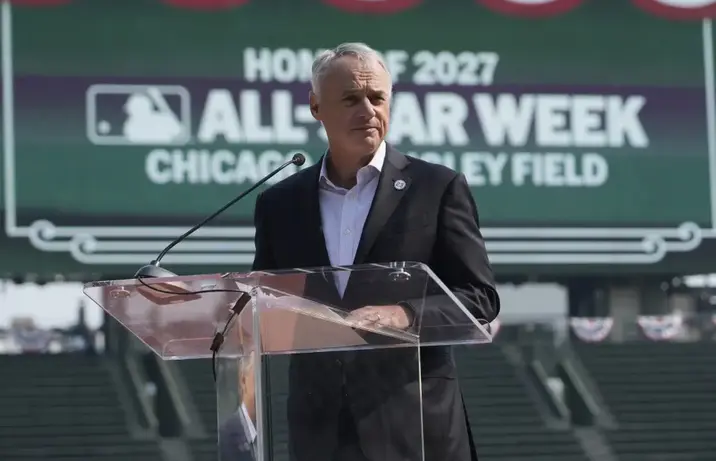
The MLB commissioner signals expansion could bring a geographic realignment that changes divisions and schedules.
MLB weighs geographic realignment to cut travel and reshape divisions
MLB commissioner Rob Manfred spoke on ESPN during the Little League Classic about expansion and a potential geographic realignment of divisions. He argued that adding teams could be paired with a realignment to reduce travel for players and to make the postseason format more appealing for broadcasters, with teams playing primarily out of the East and West. The idea is framed as a way to modernize the league while keeping travel and logistics manageable for players and teams.
The league has not added teams since 1998 when the Diamondbacks and Rays joined. Nashville has been mentioned as a potential market as teams work through stadium issues. Manfred stressed that owners see demand for MLB in many cities and that expansion could come with a major reshaping of the league structure, potentially ending the traditional AL and NL alignment.
Key Takeaways
"I think if we expand, it provides us with an opportunity to geographically realign"
Manfred on ESPN during the Little League Classic
"I think we could save a lot of wear and tear on our players in terms of travel"
Manfred on expanding the league
"There is demand for major league baseball in a lot of great cities"
Manfred on expansion prospects
If realignment moves ahead MLB would face a balance between competitive fairness and geographic efficiency. Reducing travel helps players but risks eroding rivalries and fan identities tied to the AL and NL. Broadcasters and sponsors may welcome a cleaner East West split, yet smaller markets worry about losing exposure or less favorable scheduling.
The shift would reflect a wider trend in pro sports toward realignment for economic and media rights reasons. The big test is whether the plan can deliver better travel and stronger matchups without alienating traditional fans. The timeline depends on expansion talks and stadium deals, which adds political and financial complexity.
Highlights
- A new map could reshape the league
- Travel savings could rewrite the schedule
- Expansion opens a door to dramatic change
- Cities want MLB a new era could begin
Expansion and realignment risk
Shifting to a larger league with new divisions could trigger budget pressures, stadium costs, and uneven revenue sharing. Local fans may react strongly to nameplate rivalries and schedule changes, while teams in smaller markets could fear losing exposure.
The road ahead will test how fans and markets respond to a new map of the sport
Enjoyed this? Let your friends know!
Related News
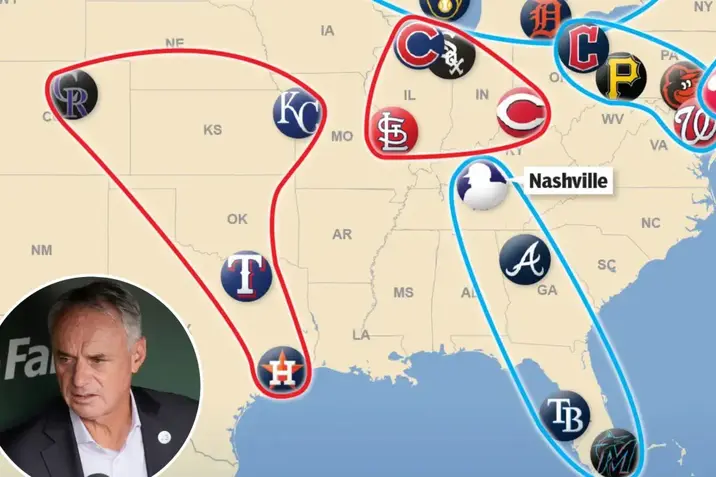
MLB realignment plan draws backlash

MLB expansion could realign the map
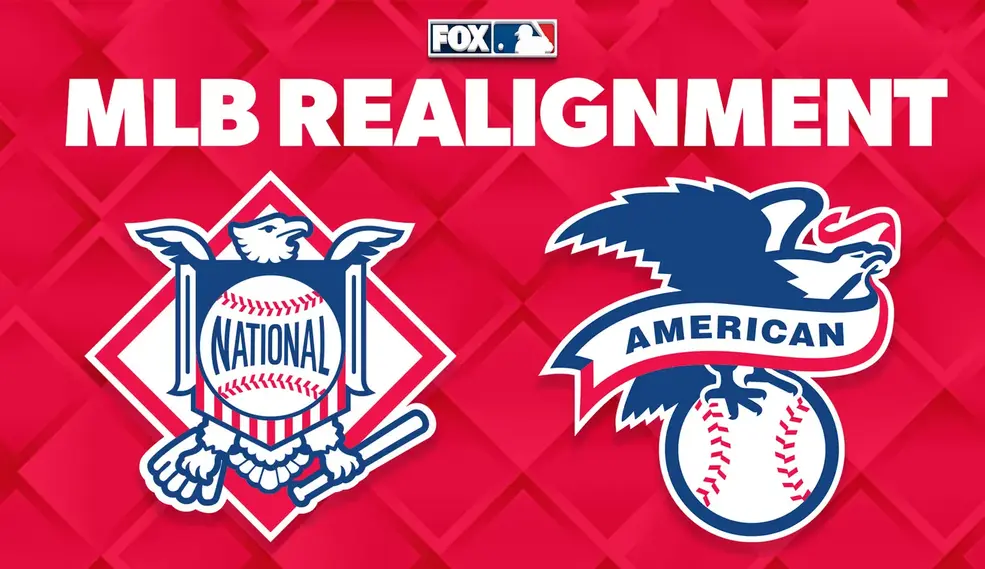
MLB considers eight-division realignment

MLB weighs expansion and division realignment
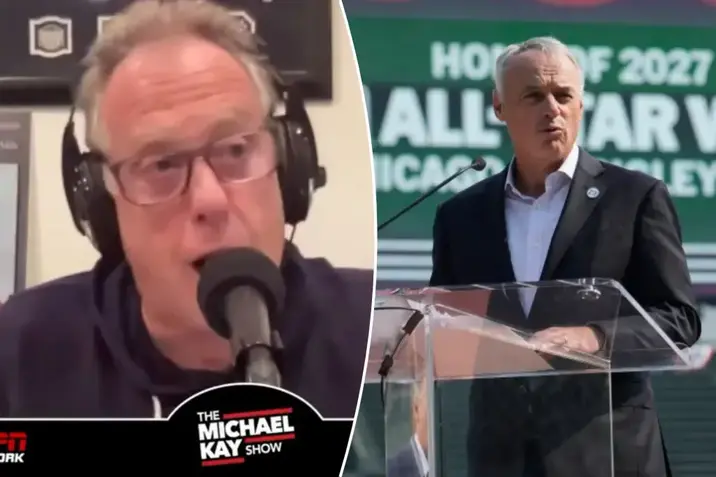
Possible MLB realignment under discussion

MLB expansion realignment headlines
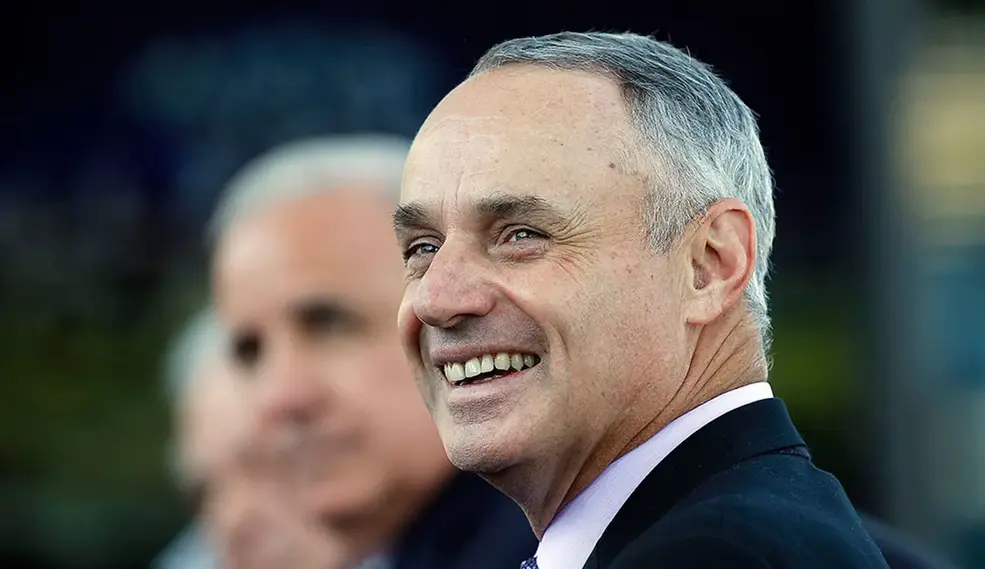
MLB expansion may trigger division realignment

Europe to fund Ukraine defense continues
